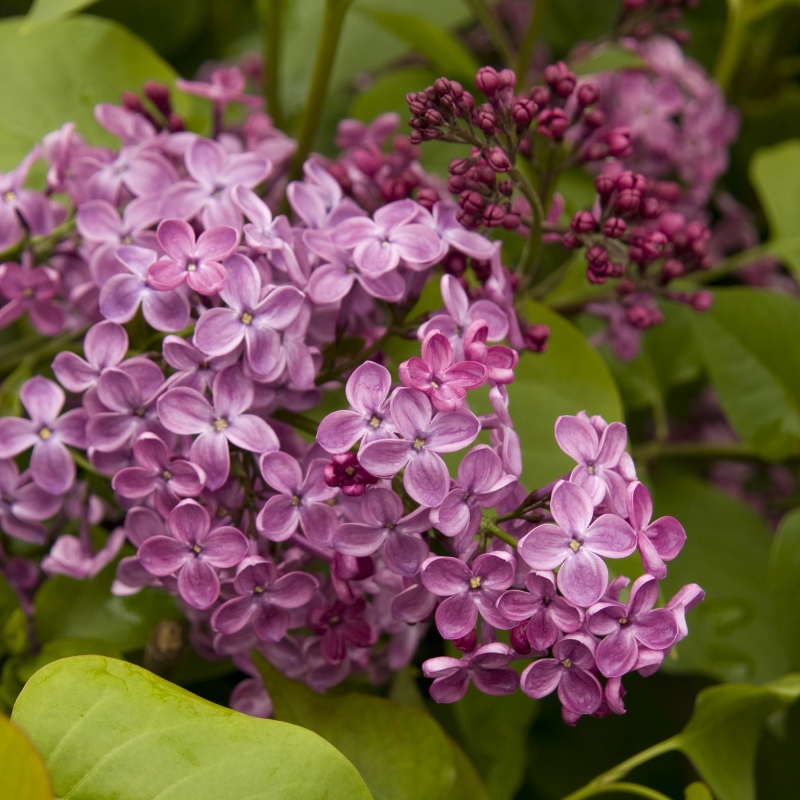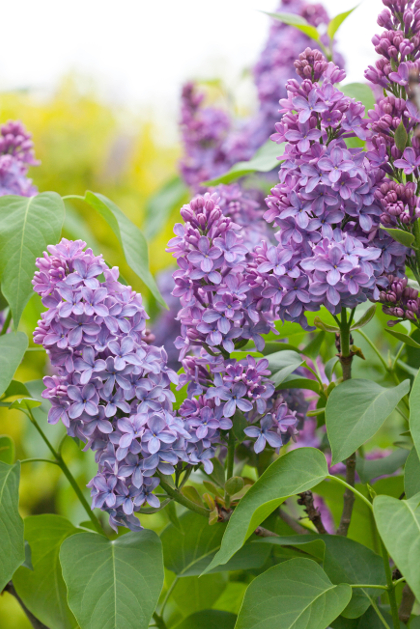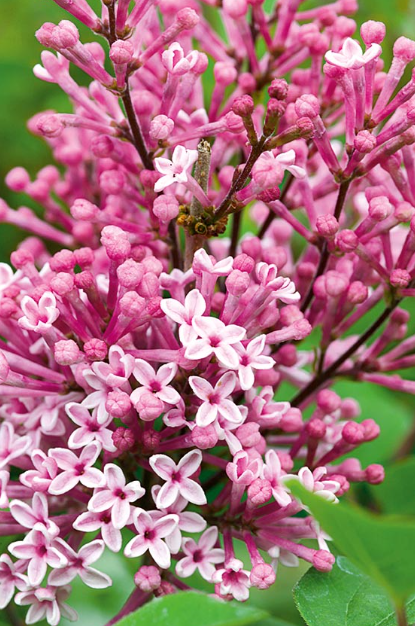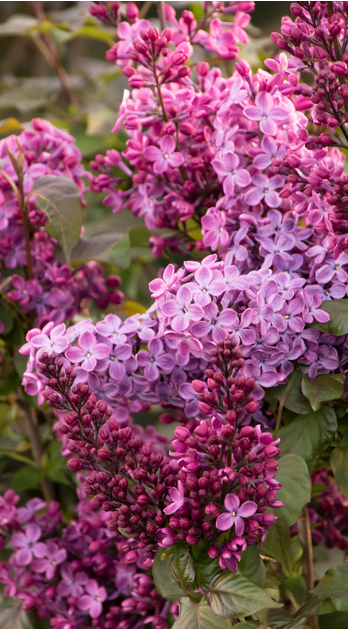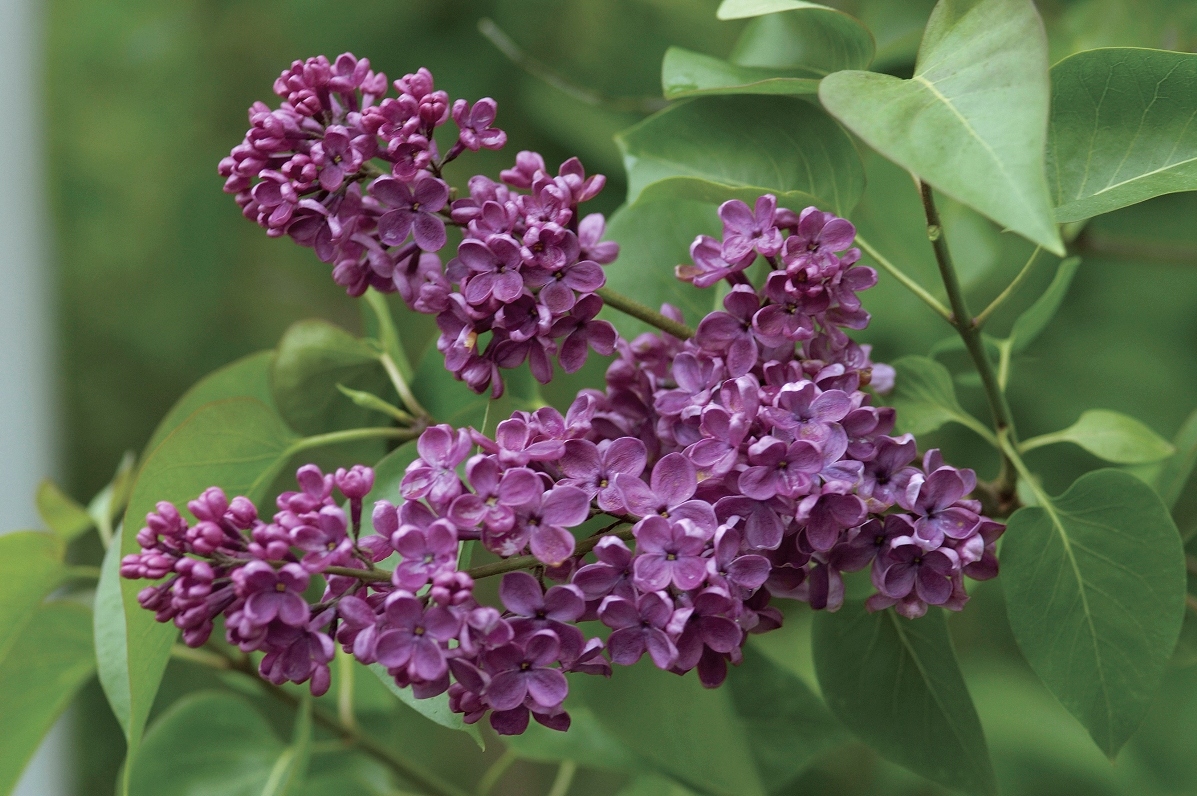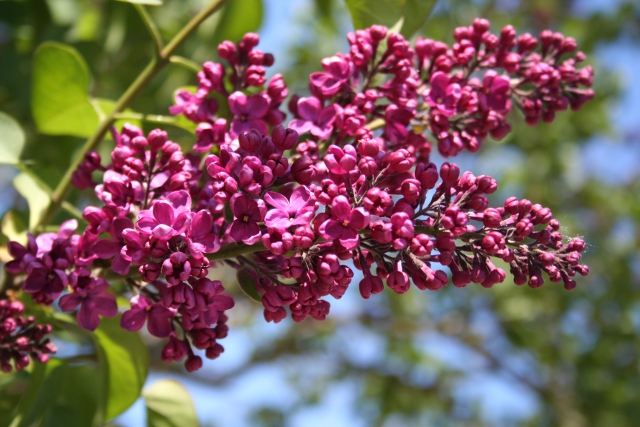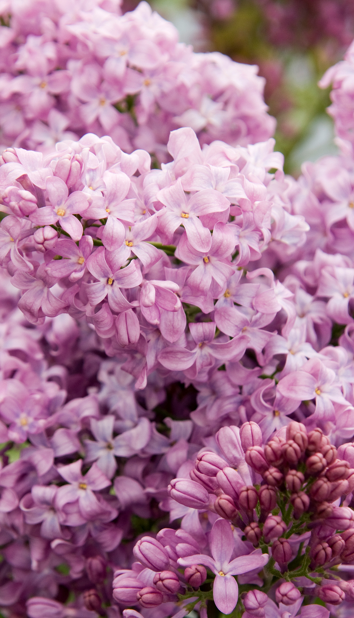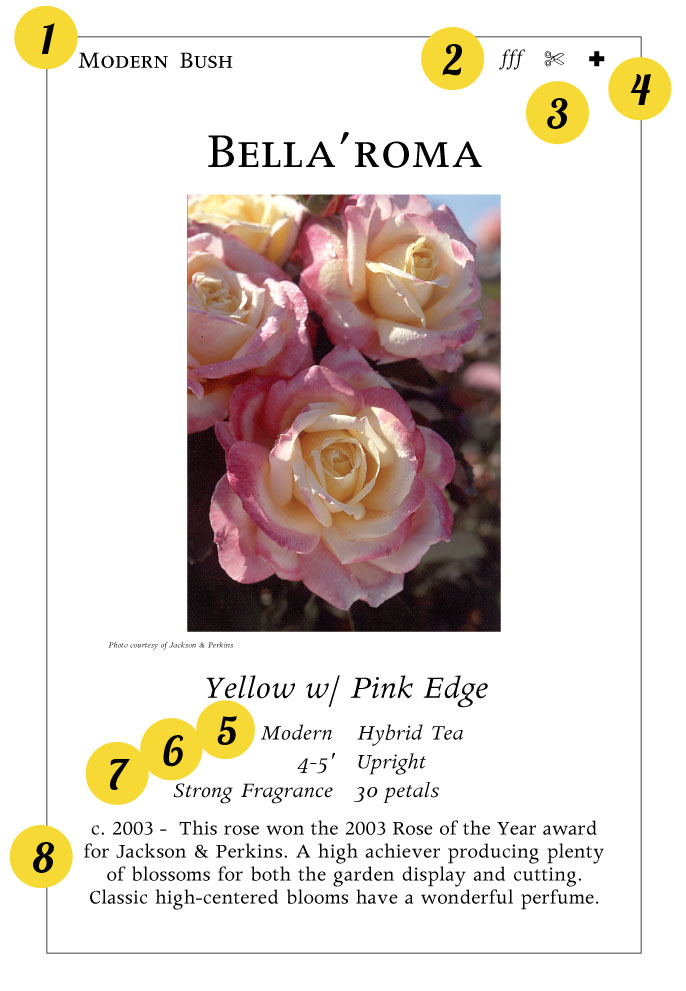Starting around the first week of April you will see our summer veggies and herbs in stock! If you are eager and your greenhouse is ready, we have plenty of seeds in stock now!
Warm Season Crops 101
Setting "fruit" (eggplants, peppers, squash, tomatoes, etc.) is the objective of warm season crops. These crops require warm soil and short days to germinate, but need long days and higher temperatures to form and ripen fruit.
Early varieties need less total heat than later ones because in general, have a shorter growing period to mature fruit. Early varieties of tomatoes include cherry tomatoes (think small to medium-sized fruit) and varieties that are more cold tolerant. If you're living on the other side of the tunnel (Berkeley, Oakland and Alameda residents) you'll have the best luck with early varieties because of the weather and thus, the shorter growing season.
Late varieties require more heat to mature. The larger tomatoes, like Beefsteak that needs at least 80 plus days of good consistent heat to ripen, and do best on this side of the tunnel. For those living in Lafayette, Walnut Creek and areas with hot hot summers can plant mid-April and then again in late June, early July. By staggering your planting, you can be harvesting your summer veggies till October!
Vegetables for April - August (warm season)
- Tomatoes
- Peppers
- Beans
- Corn
- Cucumber
- Eggplant
- Melons, including Watermelon!
- Pumpkins
- Squash, both summer and winter
- Strawberries, plant these year-round!
Figuring Out Planting Time
Our area is not subject to prolonged frost or water saturated soil. Warm season crops need warm temperatures. In many cases, you will not speed up your harvest by planting earlier than suggested. Plants grow more slowly in cool weather, so earlier planted vegetables of the same type end up being harvested at the same time as those planted later.
Just beginning your edible garden? Check out Randall, our Bedding Manager's Five S's of Starting an Edible Garden.





